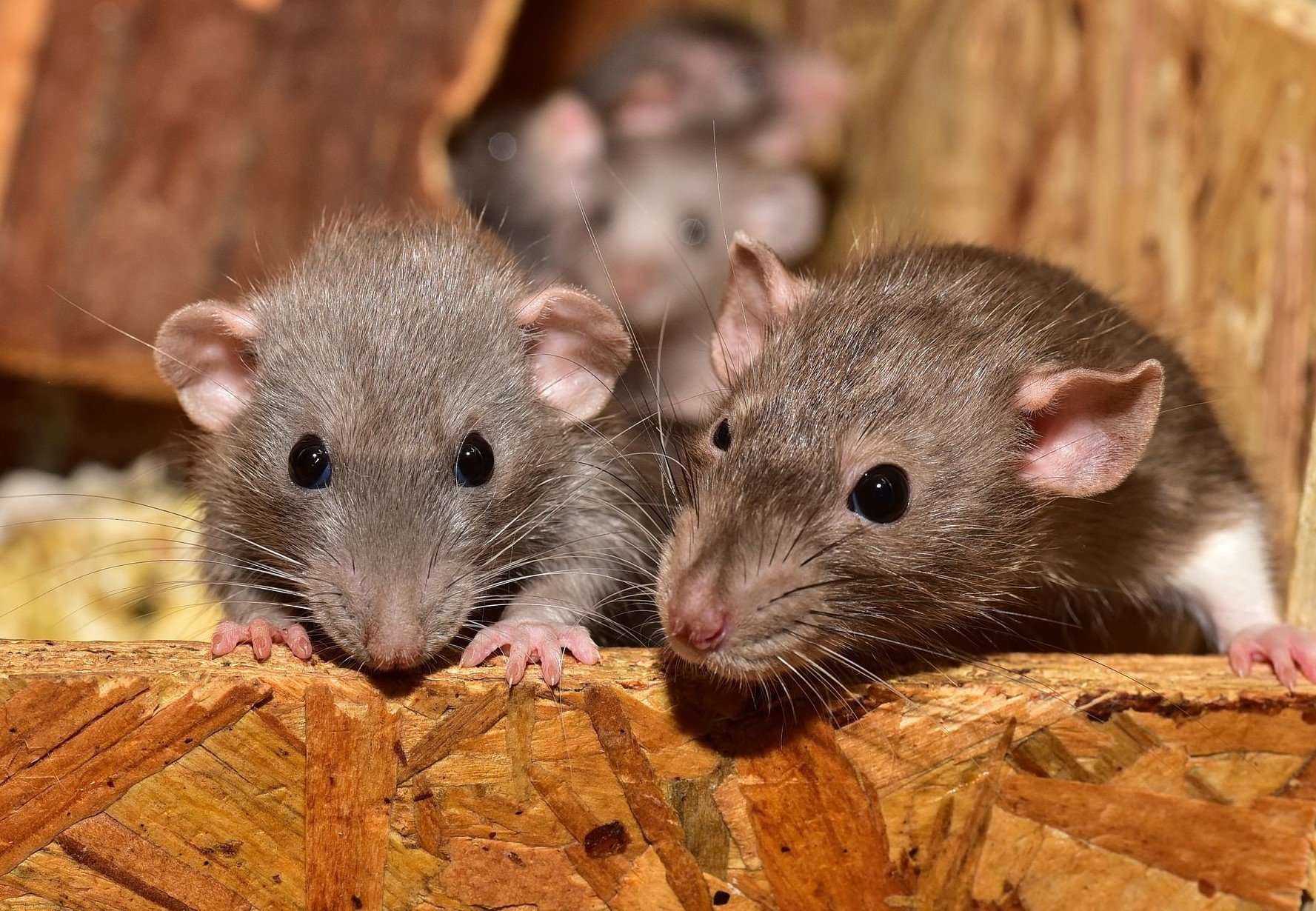
Rats as Pets
Intelligent, playful, curious – rats can make great pets if kept in the right conditions
Due to their size, pet rats are often seen as “easy to keep” or the ideal "beginner pet" for children. Rats, or ‘pet rats’, are among the most intelligent of pets, and have been bred to have numerous colours and markings. Keeping rats as pets is rewarding, but does require extensive knowledge about the individual needs of these active and curious animals. Therefore rats are not ideal pets for everyone!
What you should consider:
- Children: Rats do not belong in the hands of small children. They are delicately built creatures. If the animals are handled improperly they may suffer dangerous injuries. Rats can also bite if they feel threatened. Rats are not really suitable pets for children up to the age of about 10.
- Activity times: During the day rats rest, becoming active at dusk. Overnight they are very active and curious.
- Procurement:
- 'Adopt, don't shop' is very relevant when considering taking in a rat as a pet. Animal shelters, rat clubs or similar initiatives should be the first stop in sourcing one. Such sources will give you plenty of information on the species and their care requirements, rather than persuading you to buy out of pity or other motivations.
- Purchasing rats from a pet shop is to be avoided from an animal welfare point of view. Animals sold at pet shops are often the product of mass breeding, and it is not guaranteed that the staff are actually familiar with rats or can give qualified and detailed information about the animals and whether they suitable pets for the customer. There is also a risk customers could buy pregnant animals without realising.
- Breeding of rats with genetic disorders:
- Some rat breeds have purposefully been bred, and have through this process become sensitive to genetic disorders. These unnatural characteristics can lead to pain, damage, behavioural disorders and limitations. The 'naked rat' lacks any body hair. This prevents natural regulation of temperature, and leaves the animals are exposed to sunlight (risking sunburn) and injury from their own claws when they clean themselves vigorously.
- Other defective breeds include tailless rats (who tend to have problems with thermoregulation and body balance) and Rex rats (whose tactile hairs are bred to be curved, making their innate spacial orientation impossible).
- Other pets: Other pets living in a household can pose a danger to the pet rat. Cats are an obvious danger, rats being amongst their natural prey, and even the most peaceful dog might accidentally injure or kill the rodent. To be on the safe side, it is advisable to keep rats only with rats and to protect them from other pets.
What you should know about Rats:
- Life span: Pet rats have only a relatively short life span of approximately 1.5-3 years, occasionally 4 years but that remains an exception.
- Social animals: Rats are intelligent, highly social and curious. Tamed pet rats can also be very affectionate and loyal. Although rats do love contact with humans, they also need social partners of their own species. Social contact and mutual body care are a big part of rat welfare. Rats need exercise and they get bored easily; they need daily exercise to satisfy their urge to move and explore.
- Senses:
- Rats’ eyes are located at the side of their head. This gives the animals a panoramic view; however, they cannot see three-dimensionally as their fields of vision only overlap slightly.
- A rat’s nose is a very well-developed organ, enabling them to distinguish individual rats in their herd and detect food sources from a distance.
- Rats have tactile hairs around the nose, above the eyes, to the side of the body and on the outside of the legs, offer them an excellent sense of orientation.
- Their excellent sense of taste enables them to perceive subtle changes in the composition of their food.
- Their ears, meanwhile, can move independently, allowing for precise alignment and localisation of sounds. Their hearing range is enormous – they can detect sounds in the ultrasonic range, impossible for humans.
- Sexually mature: Rats become sexually mature at the age of about five weeks. In a mixed group, bucks should be separated from the females and neutered immediately. After approximately 21-23 days’ gestation rats give birth, with litters being as big as up to 20 kittens. As soon as 24 hours after the birth the female is ready to conceive again.
Their origin

